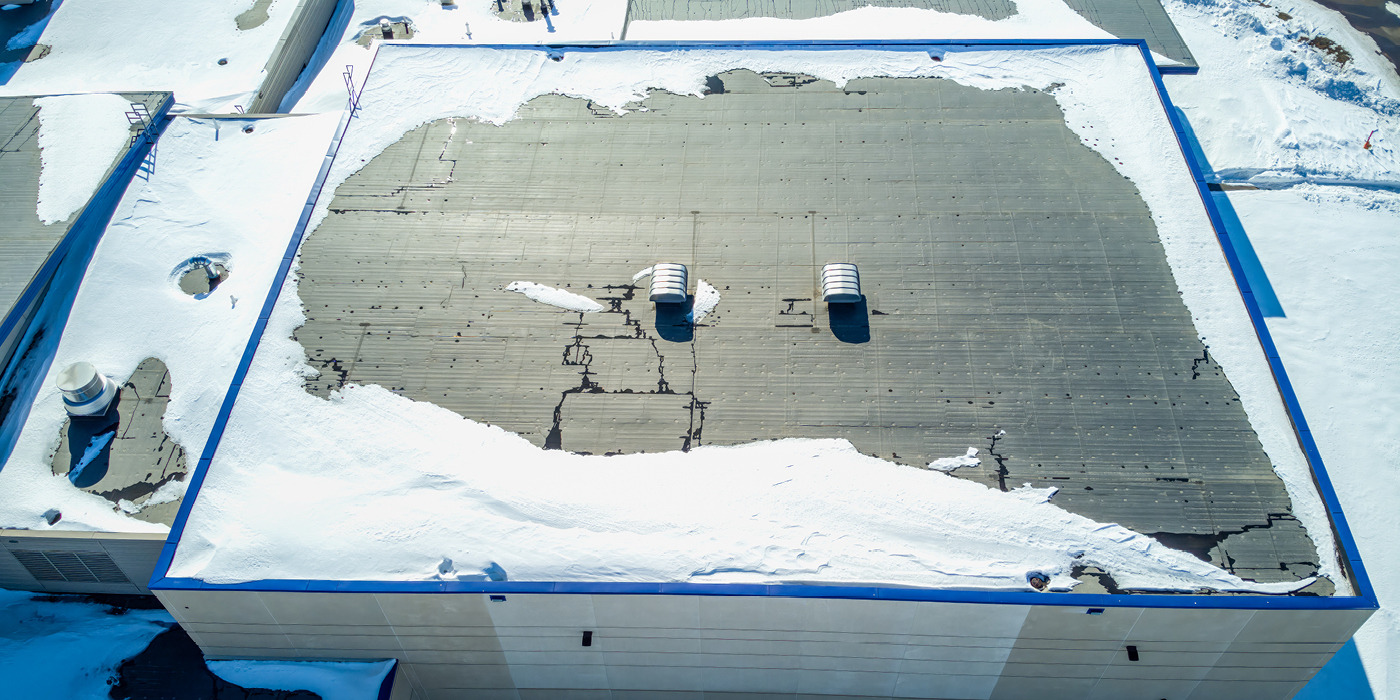- Home
- Loss Control
- Loss Control Insights
- Your guide for pre-winter roof inspections
As winter approaches, taking a moment to check your school buildings’ roofs is crucial. While regular roof maintenance should be a year-round priority, fall is the perfect time to make sure your roof is ready to face the harsh winter weather. Here are some practical winter roof maintenance tips to keep your building safe and sound.
Why regular winter roof inspections matter
Make roof inspections a routine by designating staff to do checks at least twice a year. Create a maintenance checklist specific to each building to help guide these inspections. These winter roof maintenance inspections are key for catching issues early, so you can avoid costly repairs and stress later on.
Ensure that the team taking care of these inspections makes detailed notes about any issues they find and shares the findings with management. To help your team stay sharp, consider sending them to a roof system training course.
Winter roof maintenance tips: What to check for
- Surface damage: Your roof can take a beating from the sun, wind, and rain, weakening its surface over time. Watch for signs like fading, stretching, or thinning, which could lead to leaks.
- Debris: Clear out leaves, twigs, and other debris that could block drainage and cause water to pool.
- Drainage issues: Standing water could mean your gutters, scuppers, or drains are clogged. Regularly check for signs of pooling.
- Flashing: Gaps around flashing can lead to leaks and even mold growth. Make sure it’s sealed tight.
- Rooftop equipment: Inspect HVAC units, skylights, vents, and hatches to ensure they’re watertight and free from leaks.
- Interior signs: Look inside the building for any water damage, which is a good clue that the roof might be leaking.
- Stairs and walkways: Confirm that the path to the roof and walkways on the roof are safe, sturdy, and in good shape.
After a storm: Check for hidden damage
After heavy rain, high winds, or hail, be sure to take a closer look at your roof. Some damage might not be obvious right away but can weaken the structure and make it more vulnerable in the future. For schools in hurricane-prone areas, a roof coating system that repairs and waterproofs can provide extra protection.
Monitor foot traffic
Keep an eye on foot traffic to prevent wear and tear on the roof. Lock roof access points to prevent unauthorized entry. Place walkway pads in high-traffic spots to protect the surface. After service providers like window washers have been on the roof, check for any damage or leaks that their equipment might have caused.
When to call in the pros
If your inspections turn up damage, it’s time to bring in a professional roofing contractor. Look for one with a great reputation and a focus on quality and safety, not just cost. While it may feel like a big expense upfront, addressing repairs now can save you money in the long run. A good contractor can assess the roof’s current condition, estimate how long it’ll last, and help set up a maintenance plan for the future.
Keep your records up-to-date
Stay organized by keeping an updated file that includes records of all roof repairs and inspection reports. Store important documents like installation and warranty info on-site so your maintenance staff can easily access them. This can make your winter roof maintenance checks smoother and more efficient.
Get in touch
Need help? We’re here for you! Whether you have questions or need personalized assistance, your local office is ready to support you.
Loss Control Insights
Stay informed with the latest news and receive actionable safety tips, all carefully curated by our team of experts.
